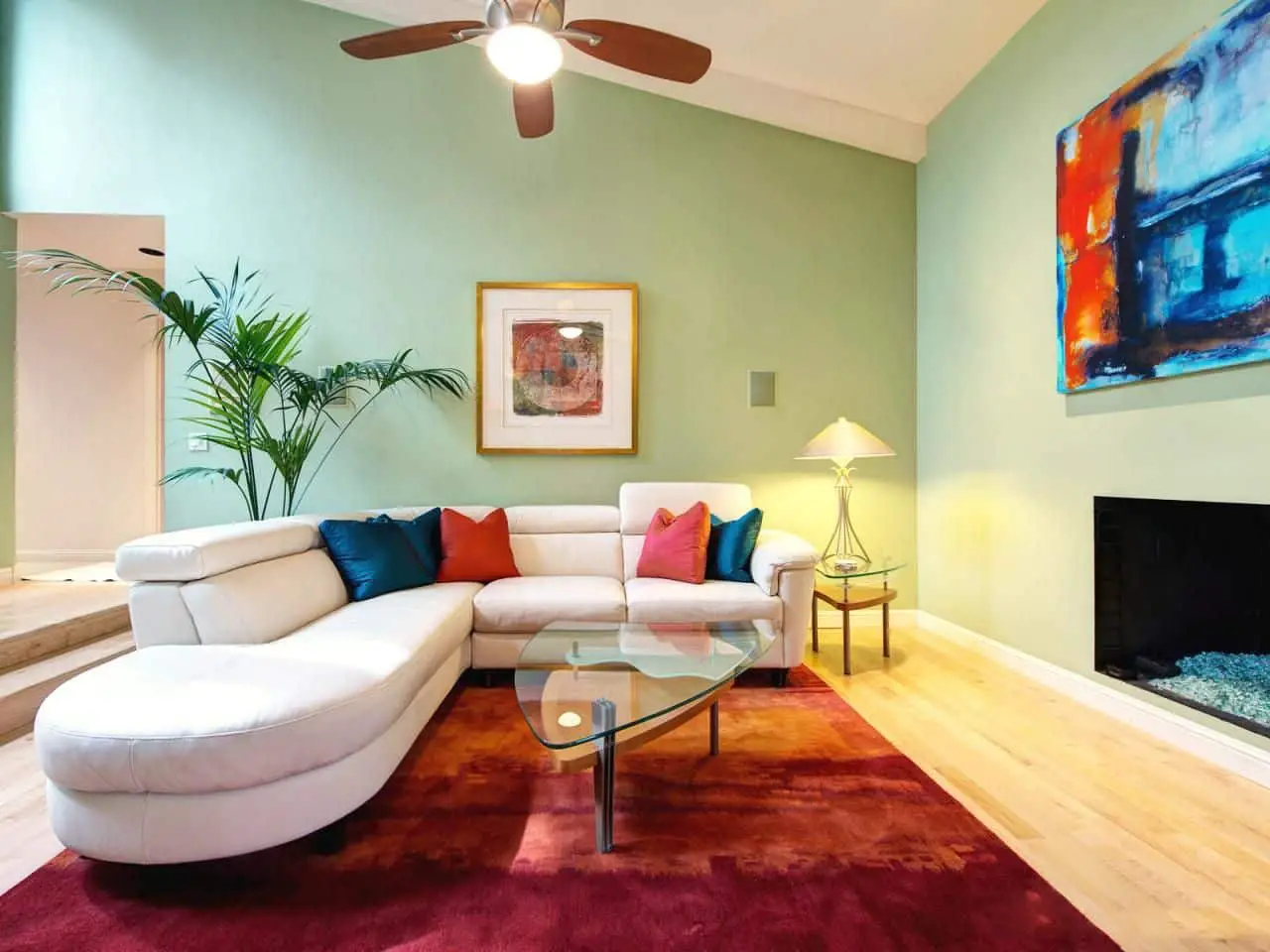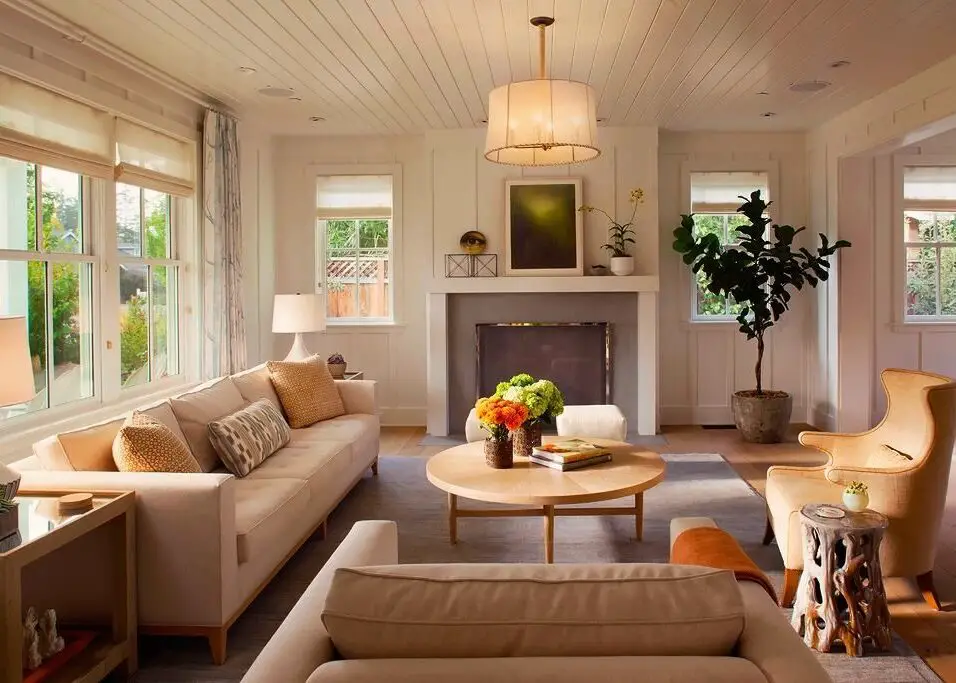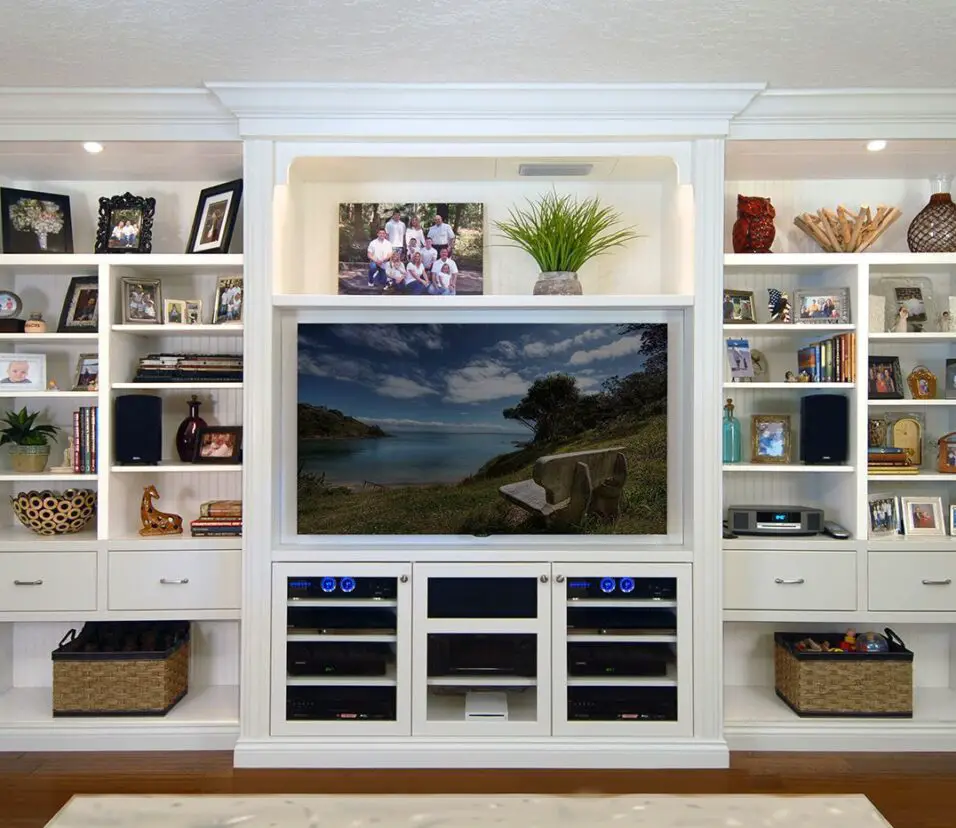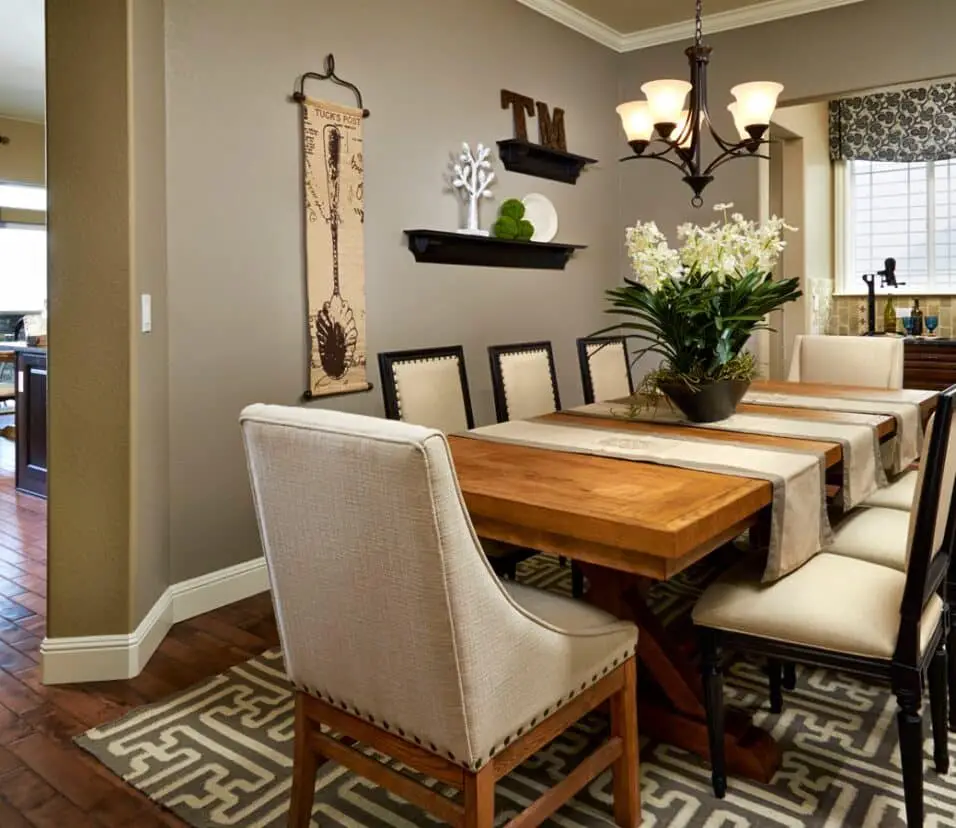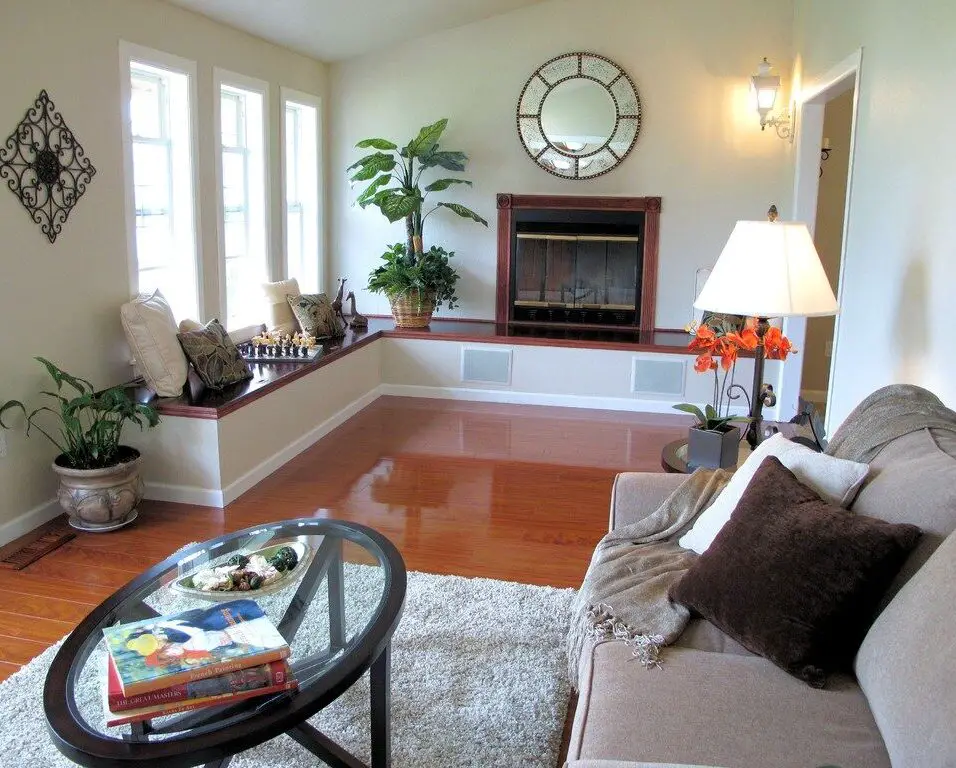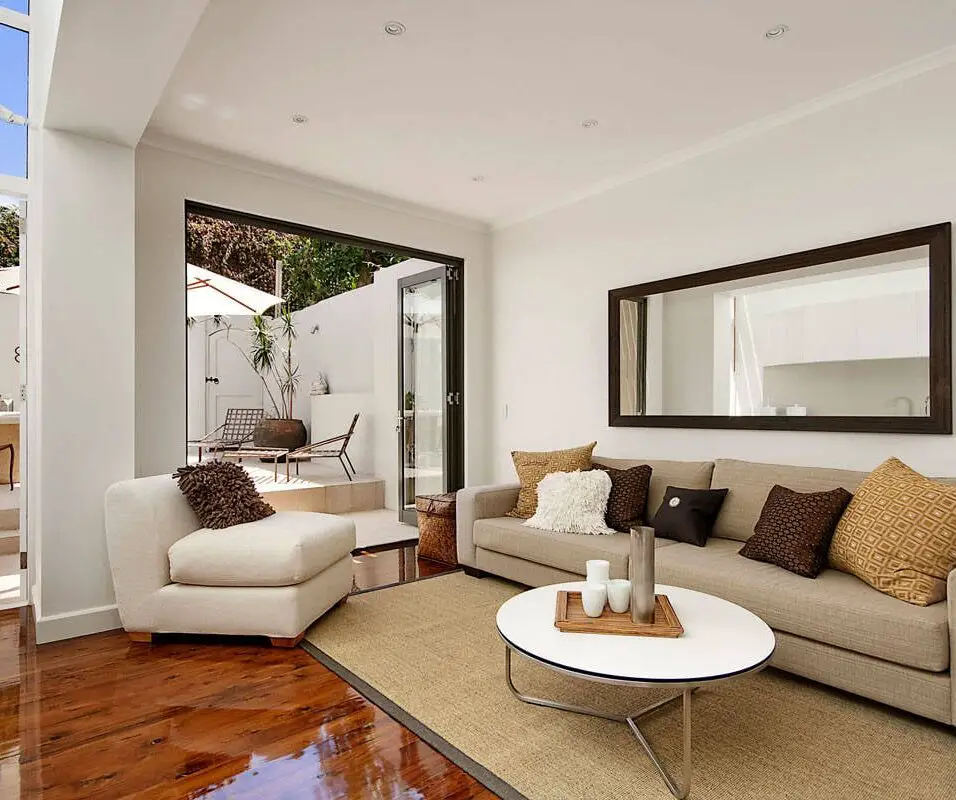What Color Ceiling Fan For Living Room
Introduction
What Color Ceiling Fan For Living Room: The world of interior design, where choosing the perfect color for your living room can transform the space into a haven of comfort and style. The quest to find the best color to paint a living room is an exciting yet daunting task, as the color you select sets the tone and ambiance for one of the most cherished areas of your home. Whether you prefer soothing neutrals, vibrant hues, or subtle pastels, each color possesses its unique charm and can significantly impact the overall atmosphere of your living space.
Your living room is a reflection of your personality and taste. Consider colors that resonate with you, evoke positive emotions, and create a space where you feel comfortable and relaxed. The size of your living room can influence color choices. Lighter shades tend to make a small room appear more spacious, while darker colors can add coziness to a larger room. Take into account the existing furniture and decor in your living room. Choose a color that complements or enhances the overall design scheme.
The amount of natural light in your living room affects how best colors appear. If the room receives plenty of natural light, you may opt for warmer shades. In contrast, cooler tones might suit rooms with less natural light. Colors have psychological effects on our emotions and moods. For instance, blue can create a calming atmosphere, while red can energize and stimulate conversation. Consider how you want the room to feel and choose colors accordingly. Keep an eye on current interior design trends, as they can offer inspiration and insights into what colors are in vogue.
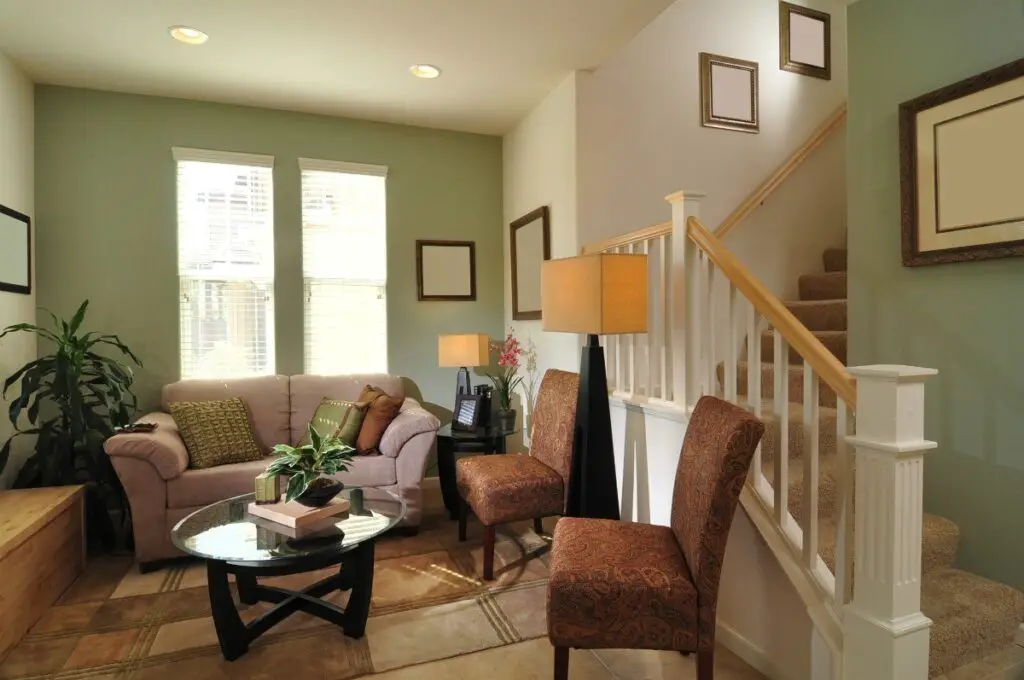
Which colour shade is best for living room?
Opt for warm colors
In case you want your living room area to have a rustic, warm feel to it, nothing can work better than a warm palette. This includes colors like gold, beige, tan, and peach. Paint the living room walls with these warm colors to give your living room a cozy feel.
The size of your living room and the amount of natural light it receives are essential considerations when choosing a color shade. Lighter shades like soft whites, pastel yellows, or light grays can make a small living room appear more spacious and airy. On the other hand, darker shades like deep blues, rich browns, or charcoal grays can add a sense of intimacy and coziness to a larger room.
Colors have a profound impact on our emotions and can influence our mood. Warm colors like reds, oranges, and yellows can create an inviting and energizing atmosphere, making them suitable for social areas. Cool colors like blues, greens, and purples evoke a sense of calm and relaxation, making them ideal for spaces meant for unwinding and tranquility.
Consider the colors of your existing furniture, upholstery, and decor items in the living room. The chosen color shade should harmonize with these elements, creating a cohesive and well-designed space. Neutral shades like beige, cream, or light gray often work well with various decor styles and can complement a wide range of furniture colors.
Your living room should reflect your personality and style. Think about the colors that resonate with you and create an emotional connection. Bold individuals may opt for vibrant, daring colors to make a statement, while those with a more understated taste might prefer subtle and muted tones.
Consider incorporating accent colors to add depth and visual interest to the living room. Accent walls with a different color or vibrant decor items can liven up the space and create focal points. Complementary colors, those positioned opposite each other on the color wheel, can also create a pleasing visual balance when used in combination.
What colour makes a living room look bigger?
‘Many choose to use bright white in smaller spaces assuming white will make the room appear larger, however light neutrals and soft colors used in a tonal scheme will have the same effect whilst not appearing too stark or cold,’ adds Ruth Mottershead, creative director at Little Greene.
Off-white hues and soft pastel colors can also do wonders in enlarging a living room. Light shades of pale yellow, mint green, or lavender can add a touch of color while maintaining a sense of openness.
Using a monochromatic color scheme, where different shades of the same color are used throughout the living room, can create a seamless and spacious look. This visual continuity eliminates contrasting elements that might visually shrink the room.
Painting the ceiling in a lighter shade than the walls can create a perception of higher ceilings, making the room feel more expansive. Avoid dark colors on the ceiling, as they tend to make the room feel closed in.
While some accents or small decor items in darker colors can add contrast and interest, it’s essential to use them sparingly. Too much dark color can make the living room feel heavy and confined.
Incorporate mirrors, glass-top tables, and shiny accessories into your living room design. These elements reflect light and create the illusion of depth, making the room appear larger.
Vertical lines, whether in striped wallpaper or vertically oriented artwork, draw the eye upward and make the room feel taller. This added height can give the impression of a more expansive space.
Choose furniture in lighter colors that blend well with the walls to maintain a cohesive and open look. Additionally, arranging furniture away from the walls can create an airy feeling, as it opens up more floor space.
What paint is best for living room walls?
We advice that when painting the living room, you use eggshell and satin sheens. While flat paint is best for hiding surface imperfections and is easy to touch up, satin sheens offer a nice gloss and are easier to clean. Eggshell is more durable than flat paint, but not as shiny as satin paint.
Investing in high-quality paint is essential for achieving excellent results and long-lasting performance. High-quality paints often have better coverage, are more durable, and provide smoother finishes. Look for paints with good hiding power, as they will require fewer coats to achieve the desired color.
Consider choosing paints with low or zero Volatile Organic Compounds (VOCs). These paints emit fewer harmful chemicals into the air, making them environmentally friendly and better for indoor air quality.
Once you’ve decided on the paint finish and quality, the next step is selecting the color. Refer back to our previous guide on choosing colors that make a living room look bigger, as many of the considerations apply here as well.
Before committing to a specific paint, obtain sample swatches and apply them to your living room walls. Observing how the colors look in different lighting conditions and at various times of the day will help you make a confident decision.
Consider the coverage of the paint you choose. Some paints offer better coverage with fewer coats, saving you time and effort during the painting process. Additionally, check the paint’s ease of application and whether it requires any special preparation or priming.
What 2 colours go well together in a living room?
What two color combination of living room goes well together? You can try two colour combinations for living room: yellow with grey, brown with white, classic black & white, teal with white, and red with purple color.
The combination of blue and gray creates a soothing and sophisticated ambiance in the living room. Light blue paired with a soft gray brings a sense of calmness and serenity, while navy blue with a deeper gray adds a touch of elegance and depth. This pairing works well with both modern and traditional decor styles.
A classic and timeless combination, beige and white create a clean and airy living room atmosphere. The lightness of white combined with the warmth of beige brings a sense of openness and versatility to the space. This pairing is perfect for those who prefer a neutral color scheme with a touch of warmth.
Combining green and brown in a living room can evoke a natural and earthy ambiance. Soft shades of green paired with light brown or tan can create a refreshing and rejuvenating atmosphere. Darker greens with rich, chocolate brown bring depth and sophistication, especially in rooms with ample natural light.
For a lively and vibrant living room, consider the combination of coral and mint. Coral brings a splash of energy and warmth, while mint adds a refreshing and calming touch. This pairing works well in contemporary and eclectic interiors, infusing the space with a cheerful and playful vibe.
Yellow and gray make for a modern and stylish color combination. A soft, pale yellow paired with a cool gray can create a fresh and contemporary look, while a bold yellow with a charcoal gray brings a touch of drama and contrast. This pairing is excellent for those who want a lively living room with a touch of sophistication.
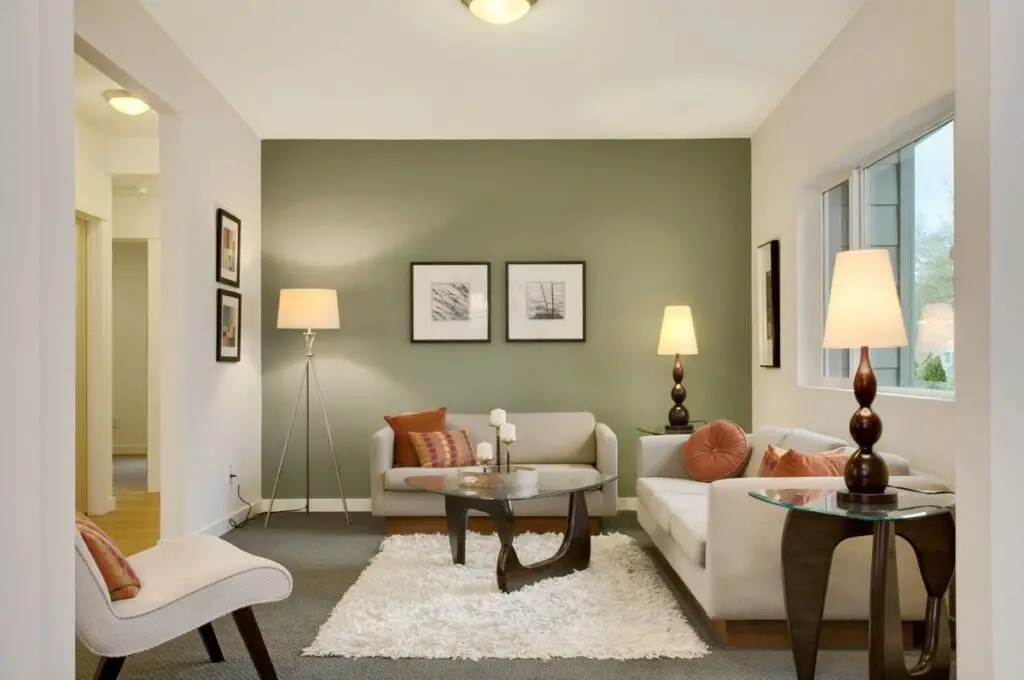
What colour is modern for living room?
Modern Living Room Colors
Living room color schemes don’t have to include tons of vibrant hues to pack in personality. A simple palette dominated by black and white gives off a sleek, modern atmosphere. Start with white walls and incorporate black in bold ways, such as on built-ins or trimwork.
Monochromatic color schemes, which involve using varying shades of a single color, are prevalent in modern living rooms. This approach creates a cohesive and visually appealing look with subtle variations in tone. For example, various shades of gray or beige can add depth and sophistication to the space.
While modern living rooms often lean towards neutral palettes, they are not devoid of color. Bold accent colors are used sparingly to add vibrancy and visual interest to the room. A pop of color through decorative pillows, artwork, or a statement piece of furniture can bring energy to the space without overwhelming it.
Modern living rooms sometimes incorporate earthy tones like muted greens, warm browns, and soft terracottas. These colors add a natural and calming element to the space while maintaining a contemporary feel.
The classic black and white combination is a timeless and popular choice for modern living rooms. The contrast between these two colors creates a sleek and dramatic look, emphasizing clean lines and modern aesthetics.
For those who prefer a more luxurious and opulent modern living room, jewel tones like deep emerald green, sapphire blue, or amethyst purple can add a sense of richness and elegance to the space.
How many colors should a living room have?
The 60-30-10 rule works like this: 60 percent: The main color you choose should represent 60 percent of a room. 30 percent: The secondary color should represent 30 percent of a room. 10 percent: The accent color you choose should represent 10 percent of a room.
An analogous color scheme incorporates colors that are adjacent to each other on the color wheel. This approach typically involves three to five colors and creates a smooth and visually appealing transition. For instance, a living room with hues of yellow, green, and blue can achieve an analogous color scheme.
Complementary colors are positioned opposite each other on the color wheel. Using two complementary colors in a living room design can create a vibrant and dynamic space. For example, a living room with shades of blue and orange can achieve a complementary color scheme.
Many living rooms start with a neutral color base, such as whites, grays, or beige. Neutrals serve as a versatile backdrop that allows for easy incorporation of accent colors. By adding one or two accent colors through decor items, furniture, or artwork, you can create a balanced and visually interesting living room.
A common design principle is the “three-color rule,” where you choose three colors to use throughout the room. One color is the dominant color (often used on walls or large furniture pieces), the second color is the secondary color (used on upholstery or smaller furniture items), and the third color is the accent color (used in accessories and decorative elements).
In some cases, a limited color palette can be an excellent choice for a cohesive and minimalist living room. Using just two or three colors throughout the space can create a serene and sophisticated environment.
Which light looks good in living room?
You should also pay attention to the color temperature of your bulbs—the ideal color range for living room bulbs is between 2700K and 3000K, often called soft white. Soft white: 2,700-3,000 Kelvin provides a warm yellow tone, creating a comfortable and relaxed atmosphere.
Pendant lights are versatile and come in various sizes and styles to suit different living room designs. They can be used individually or in clusters to create a stylish and functional lighting solution. Pendant lights work well above dining areas, coffee tables, or as task lighting in specific areas of the living room.
Wall sconces are a great way to add ambient lighting and create a cozy atmosphere in the living room. They can be mounted on the walls to provide soft, indirect lighting and serve as decorative elements when not in use.
Floor lamps are practical and flexible lighting options that can be easily moved around the living room. They come in various designs, from sleek and modern to classic and decorative, allowing you to find one that complements your decor style.
Table lamps are perfect for adding task lighting and creating cozy reading nooks in the living room. They come in a wide range of designs, making it easy to find one that matches your decor and fits perfectly on side tables or consoles.
Recessed lighting, also known as can lights or downlights, is a popular choice for modern living rooms. They provide even and unobtrusive overhead lighting and can be used to highlight specific areas or features in the room.
What paint is best for living room ceiling?
Flat Acrylic Ceiling Paint
As the most common type of ceiling paint, this is best suited for low-humidity rooms, such as the bedrooms and living spaces. Flat paint does not reflect much light, which is appropriate for most ceilings.
When painting a living room ceiling, the most commonly used paint finishes are flat and matte. These finishes have little to no shine, providing a smooth and uniform appearance. They are excellent for concealing surface imperfections and irregularities on the ceiling.
White is the most popular and classic color choice for ceilings in living rooms and throughout the home. A pure white ceiling reflects light well, making the room feel brighter and more spacious. It also provides a neutral backdrop that complements any wall color or decor style.
If you prefer a softer look, consider using light neutral colors such as beige, cream, or light gray on your living room ceiling. These colors add a touch of warmth and sophistication without overwhelming the space.
Investing in high-quality paint is crucial for achieving professional and long-lasting results. Higher-quality paints often provide better coverage, durability, and a smoother finish. Opt for a paint that is specifically formulated for ceilings to ensure proper application and coverage.
While flat and matte finishes are both low-sheen options, there can be subtle differences between the two. Flat finishes may be slightly more porous, making them a bit more challenging to clean than matte finishes. Matte finishes, on the other hand, have a slightly smoother appearance. Choose the finish that suits your preference and maintenance needs.
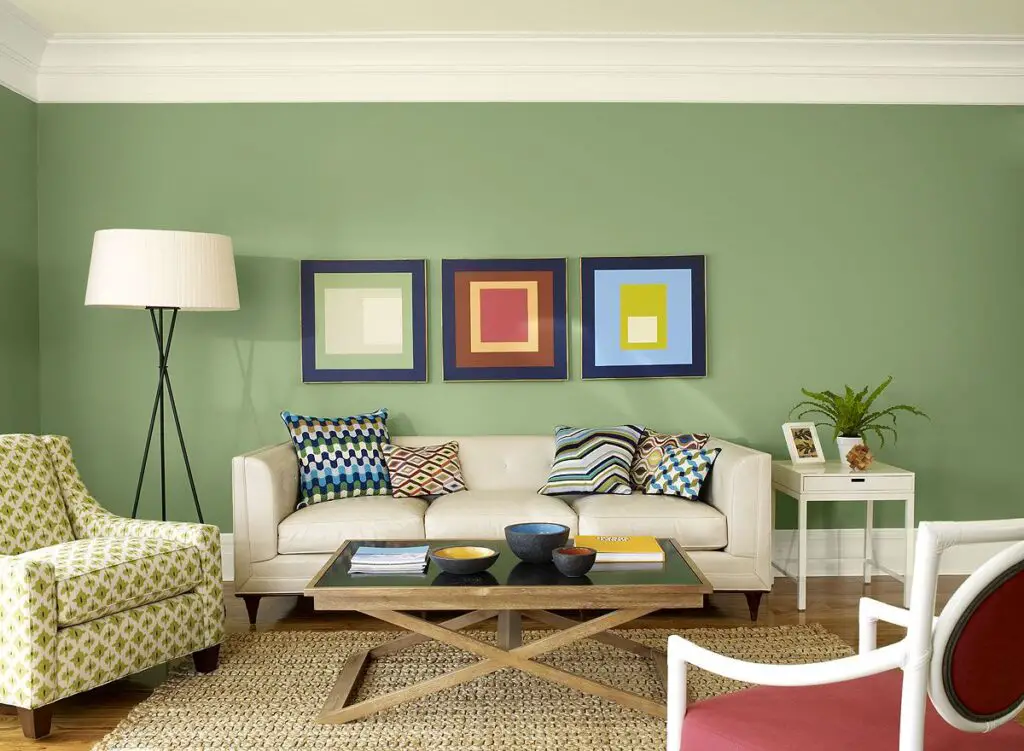
Conclusion
Neutral tones like whites, beiges, and grays offer timeless elegance and versatility, while earthy tones bring a touch of nature and warmth to the space. Cool blues and greens promote a sense of tranquility, and bold accent colors can inject vibrancy and personality into the living room. Soft pastels provide a delicate and charming backdrop for a soothing ambiance.
When making your choice, take into account how the selected color interacts with the natural light in the room and how it complements your existing decor. Remember that color has a profound impact on our emotions and can influence the overall mood of the space. If your living room is open to other areas, such as the dining room or hallway, consider how the chosen color will flow with the adjacent spaces. A harmonious color palette throughout the open-concept areas can create a sense of unity and cohesion.
Ultimately, the best color for your living room is the one that resonates with you, creates a space where you feel comfortable and relaxed, and reflects your unique personality and style. Don’t hesitate to experiment with different colors, seek inspiration from current design trends, and seek advice from experts if needed. Don’t be afraid to experiment with color combinations to add depth and visual interest to your living room. Consider creating an accent wall with a bolder color or using complementary colors to create a cohesive and dynamic space.



